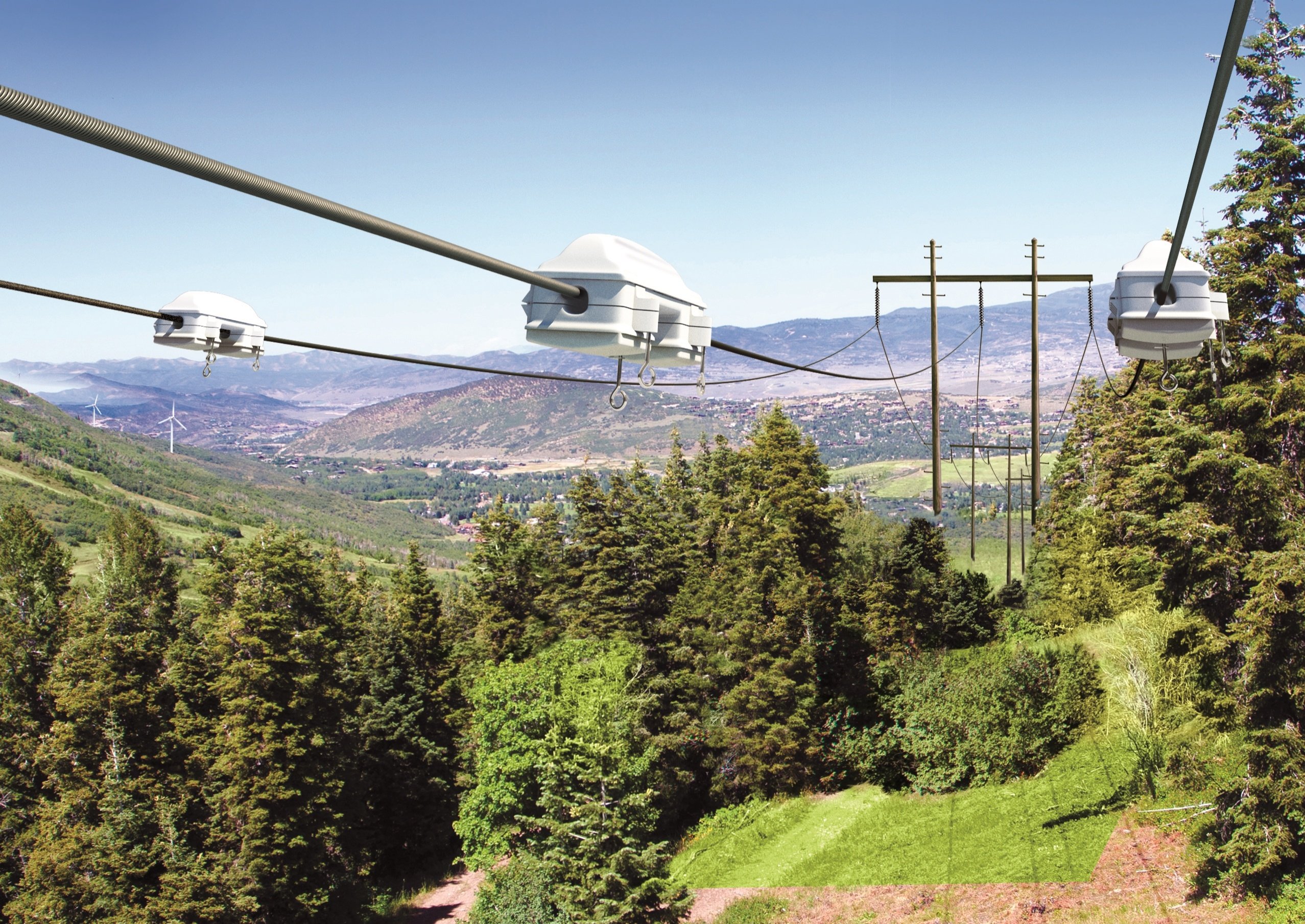This post is one in a series featuring the complete slate of advanced energy technologies outlined in the report This Is Advanced Energy.

Image courtesy of AEE member General Electric.
In recent years, the transmission system in many places has been upgraded with new sensors and automated control equipment, allowing for more data collection and efficient control. The distribution system, however, is further behind in deploying similar technologies, which could improve system operations. Distribution automation technologies include a combination of line sensors, control equipment, and software tools that constantly optimize distribution equipment, such as transformers, capacitor banks, and reclosers. Together, these tools and technologies improve reliability and efficiency.
Substation automation systems – a component of distribution automation – collect data about consumption and load and transmit the data to grid operators in real time. Distribution automation uses a combination of centralized control and decision-making alongside localized automated functionality.
Utilities use distribution automation technologies to reduce operating and maintenance costs, prevent outages, and enable crews to respond to outages more quickly and effectively. Distribution automation systems can improve response times from hours to minutes or even seconds. The power usage data delivered by these systems also allow for better load forecasting and more efficient use of generation resources. After installing distribution automation controls as part of a smart grid upgrade project, the Electric Power Board of Chattanooga in Tennessee and Georgia realized $1.6 million in annual operating savings, as well as $2 million in wholesale demand savings due to improved voltage control. Navigant Research estimates that global revenue from distribution automation systems will grow from $6.3 billion in 2013 to $11.3 billion in 2020.
Distribution automation also helps optimize voltage and reactive power, integrate more distributed generation, and increase energy efficiency throughout the system without needing action on the part of customers, which saves on costs. Still, the primary benefit of distribution automation is a more flexible grid that can anticipate and prevent outages and other problems. A Department of Energy survey found that distribution automation resulted in better reliability for utilities. Distribution automation technologies provide enhanced data collection and control capabilities that allow utilities to implement more sophisticated distribution system control and management schemes.
